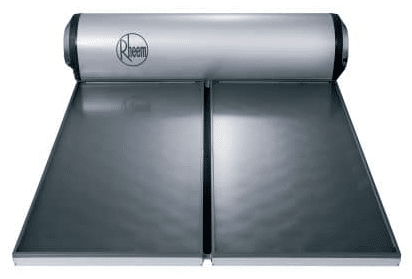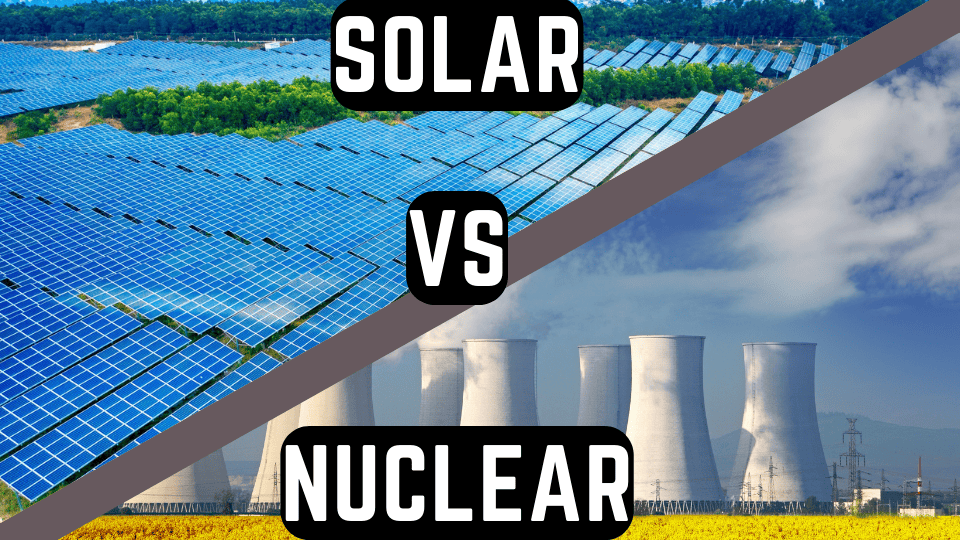Did you know that Australia first pioneered solar hot water systems over four decades ago? Since then, many of the best hot water systems in the world have been designed in Australia, including the pioneering envelope water collectors.
Installing a solar hot water system in your house is one of the best financial decisions you can make since it increases the property value.
Not only that, but it also reduces energy usage and operational costs.
However, solar hot water is not a one-size-fits-all system.
There are various types of solar water heaters to choose from.
Choosing one depends on where you live, your budget, and your individual usage needs.
Solar water heaters are broadly classified into three types:
- Direct or Open Loop Systems
- Indirect or Closed Loop Systems
- Thermosiphon Systems

Direct or Open Lop System
In simplified terms, with a direct system, the hot water from the collectors is circulated through the pipes and into the home.
This is probably one of the simpler systems which makes them easier to install as well.
The sensor located at the bottom of the tank compares the water temperature with that of the collector.
When the collector temperature is higher than that of the water in the bottom tank, it activates a small circulating pump that circulates water through the solar collector.
The hot water is then returned to the top of the tank.
This system is ideal for regions in Australia where the temperatures are warm all year round and rarely go below freezing temperatures.
Indirect or Closed Loop System
In simplified terms, with a closed-loop system, hot fluid is used to heat the water via a heat exchange which then flows into your home and appliances.
Also called the drain-back system, the indirect system uses a pump, to pump a heat transfer liquid through the collectors.
“Indirect Loop system transfers the heat to the water stored in the tank using a heat exchange.”
Glycol, which is non-toxic, is typically used as a heat exchanger.
The system is more complicated than the direct system since it requires a heat exchanger and a pressurised collector loop.
Thermosiphon System
The most commonly used in Australia, the thermosyphon system works by using the thermosiphon principle.
Here the hot water tank is located above the solar collector.
The cold water in the bottom of the tank circulates through the collector where it is heated and rises to the hot water tank and to the circulation line.
However, due to its design, the tank may be heavy, and older roof structures may not be able to handle the weight.

Solar Collectors
Solar collectors may be further classified as:
- Flat Plate Collectors
- Evacuated Tube Collectors
Flat Plate Collectors
Flat plate collectors include copper tubes, a large sheet of copper or aluminium, and a storage tank.
The solar energy heats the copper plate, which in turn heats the water running through the copper pipes.
The water is then stored in the tank, while cold water circulates through the copper pipes.
The system is easier to install and also cheaper.
But, they require a constant heat source and are hence ideal in areas with warm weather conditions.
Evacuated Tube Collectors
Evacuated tube collectors have roof-mounted tubes and a storage tank.
They feature rows of transparent borosilicate glass tubes containing a metal absorber tube with a fin.
The tube is coated with absorbing material, which helps trap solar energy and heats the water through the inner tube.
Though complicated to install and expensive, they are very durable and efficient compared to their counterparts.
The tubes are tolerant of cold weather and can work in overcast conditions too.
Another latest variant we see in Australian households is the Envelope Solar Collectors or Folded Solar Collectors. They are ideal for use in warm weather conditions but can also handle harsh and frosty weather too.
Conclusion
Queenslanders are lucky to have a huge number of sunny days each year so the majority of solar hot water systems will perform perfectly well.
Talk to our solar hot water specialists and they’ll help you figure out which solar hot water system is the best fit for you!






